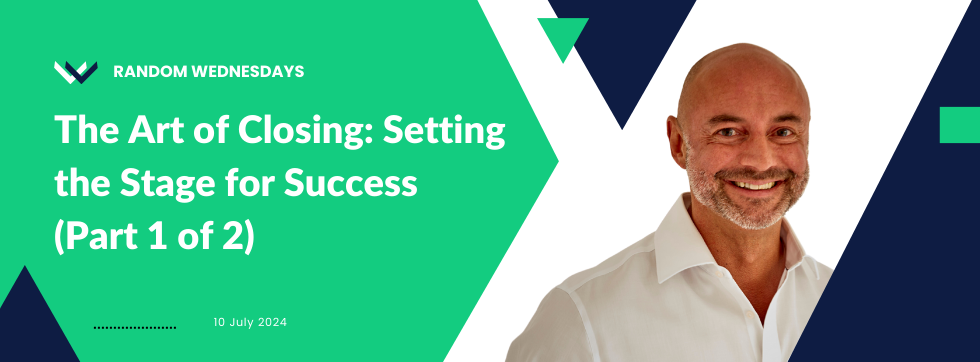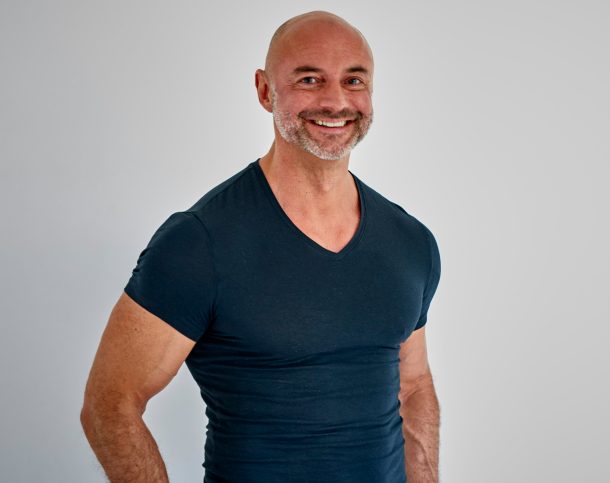Your palms are sweaty. Your heart races.
You’re delivering an important proposal, and now it’s THAT time in the conversation.
“Would you like to have a little more of an insight into what it might look like if you and I were to partner together?”
The silence stretches for what feels like eternity. Then you hear, “Sure, tell me more.”
We’ve all been there.
But what if I told you that this nail-biting moment doesn’t have to be so… well, nail-biting?
Forget everything you’ve been told about client enrolment. The real secret? It’s not about talking. It’s about listening.
The moment of truth in any powerful proposal isn’t when you present your offer – it’s when you invite discussion.
In this two-part series, we’ll get into the nitty-gritty of turning conversations into clients.
Today’s mission? We’ll focus on setting the stage for success.
Specifically, how to present your methodology, encourage honest feedback, and address concerns effectively.
Let’s dive in.
The art of presenting your methodology
It’s so tempting. But hold up!
When it’s time to present your proposal, resist the urge to launch into a rehearsed pitch. It’s such a turn off.
Instead, frame it as the beginning of a collaborative discussion.
Here’s one way to do it:
Ask for permission:
“I have a philosophy and framework, which I feel would fit you like a glove. May I share it with you?”
Feel the energy shift as you move from presentation to collaboration.
Now, outline your proposal clearly and concisely. Then, invite an immediate response.
“How does that land for you? How does it fit with what you had in mind?”
Watch your prospect’s body language for clues as they start to see the possibilities unfold.
You’re not just another coach now – you’re a potential partner in their success journey.
The golden ticket: encouraging feedback
Once you’ve presented your proposal, it’s time to dig deeper.
Your goal is to uncover any reservations or misalignments – before they become ‘deal-breakers’.
Remember, your superpower is listening, (really listening.)
Ask open-ended questions:
- “What aspects of this resonate with you?”
- “Why would it be worth it to you if we worked together?”
These questions invite your prospect to articulate their own vision, helping you understand their true motivations.
Challenge your own proposal:
- “Is there anything about this that doesn’t quite fit what you had in mind?”
- “What’s missing?”
By challenging, you demonstrate confidence and create space for honest dialogue.
Probe for specifics:
- “On a scale of 1-10, how well does this meet your needs?”
- “What would make it a 9 or 10?”
These questions help quantify satisfaction and pinpoint areas for improvement.
Remember, constructive feedback isn’t good – it’s gold.
It’s your opportunity to refine your offer and demonstrate your commitment to finding the ideal fit.
Where the magic happens: addressing concerns
But just when you think you’ve nailed it, that’s when the real challenge begins…
The perfect offer doesn’t exist. Concerns will surface. Own them.
This is your chance to coach and shine.
When a client mentions price, don’t defend. Reframe:
1. Acknowledge the concern:
“It’s understandable, the investment is a significant consideration”
2. Provide context:
“Many of my clients felt the same way. Would you like to hear how they’ve found the process valuable…”
3. Reinforce value:
“Remember, this isn’t just about the cost – it’s about the return on your investment. May I share some examples with you?”
If time commitment is an issue, offer flexibility:
“I understand time is precious. Let’s explore how we can structure this to fit seamlessly into your schedule without compromising on results.”
Each concern is an opportunity to demonstrate your value and build trust.
You’re not defending your offer. You’re collaborating to find the ideal way forward.
Closing thoughts (for now)
By mastering these steps, you’re not just setting the stage for creating a client. You’re laying the foundation for a transformative partnership.
You’re showing your potential client that you’re not just another coach – you’re a dedicated partner in their success journey.
In Part 2, next Wednesday, we’ll dive into the art of smoothly transitioning to a conclusion, ensuring a seamless onboarding process, and finishing on a high – regardless of the outcome.
But don’t wait until then to start implementing these strategies. Your next breakthrough conversation is just around the corner.
The stage is set. It’s your time to shine.
Action Step:
Create a ‘Feedback Loop’ in your next three client conversations.
After presenting your offer, ask for feedback using the three types of questions we discussed (open-ended, challenging, and probing).
Document the responses and your observations.
Then, analyse:
- What patterns do you notice?
- How did different types of questions affect the conversation?
Use these insights to refine your approach and create a personalised ‘question bank’ for future proposals.


